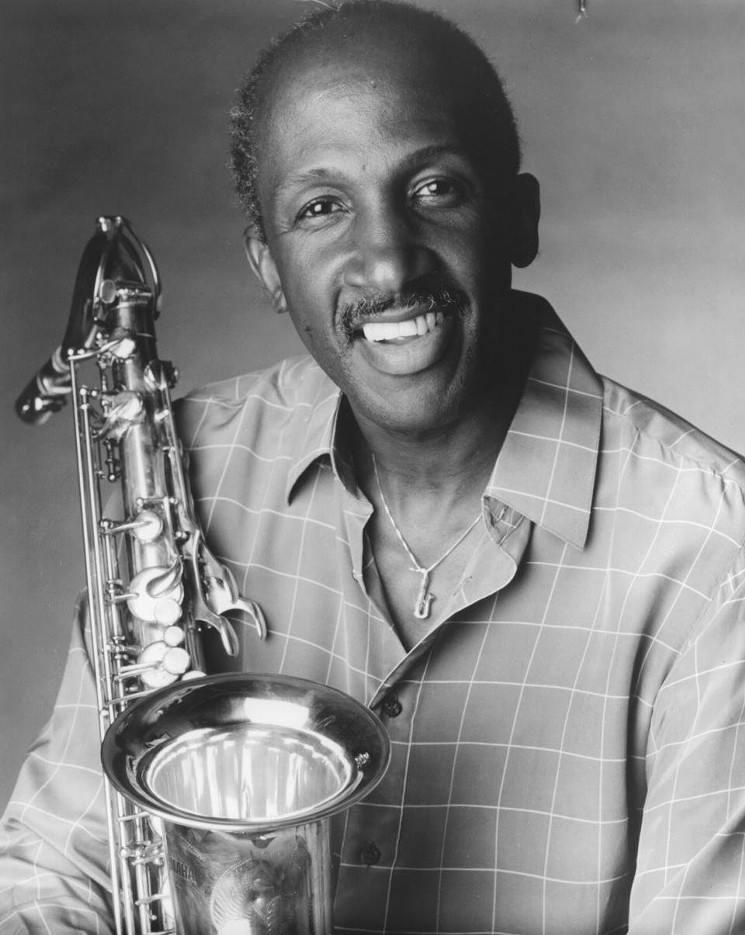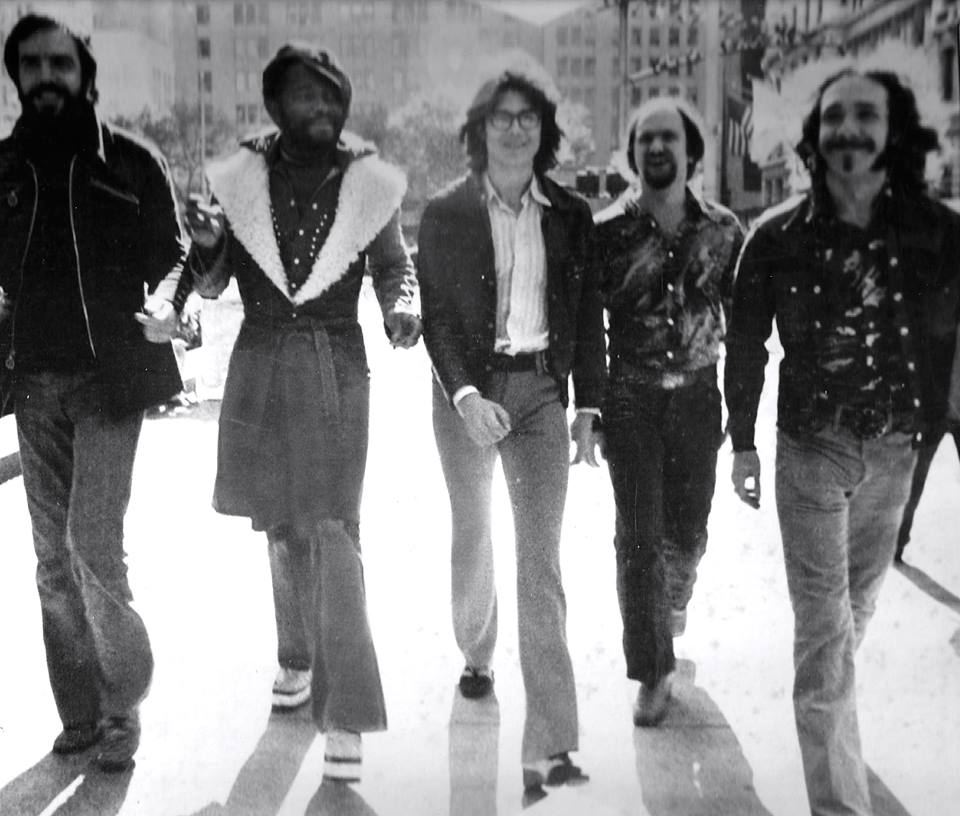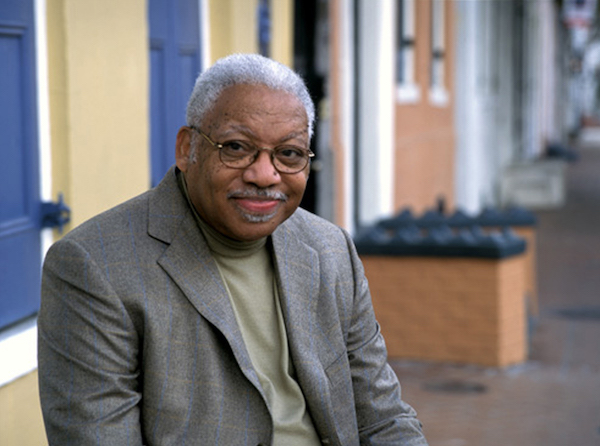By Adam Bernstein December 14, 2018
Washington Post
Nancy Wilson, an award-winning singer whose beguiling expressiveness in jazz, R&B, gospel, soul and pop made her a crossover recording star for five decades and who also had a prolific career as an actress, activist and commercial spokeswoman, died Dec. 13 at her home in Pioneertown, Calif. She was 81.
Her manager and publicist Devra Hall Levy confirmed the death but did not know the specific cause.
Ms. Wilson resisted the label of “jazz singer” for much of her career, although jazz was the form to which she returned time and again and in which she had her greatest critical and popular success. She considered herself above all “a song stylist,” she once told The Washington Post. “That’s my essence,” she said, “to weave words, to be dramatic.”
She sought to meld the seemingly incongruous styles of her two greatest influences: the ethereal
Jimmy Scott and the penetrating and sultry Dinah Washington. Ms. Wilson’s singing was at once regal and vulnerable, and she inspired two generations of singers, including Patti LaBelle, Anita Baker and Nnenna Freelon. “She has such a classy sound, but she’s never afraid to be a woman, or to tell it like it is,” Freelon once told the San Jose Mercury News.
Jazz historian and critic Will Friedwald, in his volume “A Biographical Guide to the Great Jazz and Pop Singers,” called Ms. Wilson a formidable presence in pop, jazz and blues — “the most important vocalist to come along after these three genres were codified and move freely among them.”
As she looked to expand her audience, Ms. Wilson frustrated some critics with what Friedwald called her “increasingly mannered and even pretentious” string- and synthesizer-laden funk-pop romantic ballad albums of the 1980s and early 1990s. She was, in this view, a stylist who had become too stylized.
Whatever the genre, no matter how glossy the arrangement, Ms. Wilson’s trademark remained her talent for achieving emotive crescendos — from
sensuous whisper to soaring release — in a single track.
She was a supple interpreter of composers as varied as George Gershwin (
“Someone to Watch Over Me”), Marvin Gaye (
“Come Get to This”), Van Morrison (
“Moondance”) and George Michael (
“Careless Whisper”). She transformed two gossamer 1960s pop tunes,
“Our Day Will Come” and
“Can’t Take My Eyes Off You,” into soulful barnburners.
Trained in church choirs, Ms. Wilson became a connoisseur of secular music in her teens and left Central State College (now University) in Wilberforce, Ohio, to pursue a lucrative nightclub-touring career in her native Ohio. She vaulted to prominence in the early 1960s through jazz collaborations with pianist
George Shearing and saxophonist Julian “Cannonball” Adderley. Pieces such as
“The Things We Did Last Summer,” “He’s My Guy,” and
“The Masquerade Is Over” were particular showcases for her talent.
“Her repertory is a treatise on variety and taste, spun by a voice of agile grace and knowing jazz inflection and phrasing,” a Time magazine critic wrote in 1964, calling her an heir apparent to Ella Fitzgerald.
In a subsequent flurry of albums, Ms. Wilson excelled at jazzy torch songs — stories about melancholy women and once-fiery love affairs burned down to their final embers.
“Guess Who I Saw Today,” one of Ms. Wilson’s signature hits, told the story of a housewife who casually informs her indiscreet husband that she saw him during his afternoon tryst. Her brassily rendered
“Face It Girl, It’s Over” was an anthem about maintaining pride and strength by ending an unrequited relationship before it gets worse.
Her 1964 release
“(You Don’t Know) How Glad I Am,” an exhilaratingly optimistic ode to love with a swirling jazz-pop arrangement, proved a Top 20 Billboard hit and earned her a Grammy Award for best rhythm-and-blues recording.
For a period, she became one of Capitol Records’ biggest-selling stars — second only to the Beatles. In addition to making $30,000 a week from concert engagements, she and her first husband, drummer Kenny Dennis, began a management, music publishing and TV production company that reportedly grossed $1 million a year.
She became one of the first black spokeswomen to appear in national radio and TV ads, pitching products including Thunderbird wine and Campbell’s Soup. She later worked in commercials for companies including Stroh’s beer — whose groovy
theme she was often called on to sing at concerts — to Johnson & Johnson baby products and the car company Infiniti.
Willowy and photogenic, she hosted a self-titled NBC variety show in 1966 and became a regular on similar programs hosted by Flip Wilson, Carol Burnett and
Andy Williams. She appeared on 1960s TV shows such as
“I Spy,” starring her close friend Bill Cosby, and two decades later played
Denise Huxtable’s mother-in-law on “The Cosby Show.” In the early 1990s, she played the mother of comedian Sinbad on his sitcom “The Sinbad Show.”
As she began to enjoy the fruits of her labor, she told jazz writer Leonard Feather that she “couldn’t care less” about reviewers who felt that she had strayed too far from her jazz roots or those who tried to narrow her musical boundaries.
“After all, what do you get into this business for in the first place if not to become a success?” she said. “Those jazz critics all want you to sing their way. . . . If you’re some funky down-and-out, working in a noisy, smoky joint, they’re liable to rave about you. But just you get cleaned up and buy some new clothes and work the big hotel rooms and begin to sell records, and they’ll turn against you for being ‘commercial.’ ”
Nancy Sue Wilson was born in Chillicothe, Ohio, on Feb. 20, 1937, and she grew up in Columbus, where her father was an iron worker and her mother was a domestic. Her parents divorced but lived within a few blocks of each other. She said the women in her life — her mother, stepmother and grandmother — were “rocks” who encouraged the vocal talent that she first displayed in the church choir.
“When I was 4 years old, I knew I had a voice,” she told the Chicago Tribune. “The voice was there and it was in my face.”
At 15, after participating in a talent contest, she starred on a short-lived local TV show taking song requests from callers. Her hectic performing schedule in a local college led her to drop out after a year to work in a touring outfit led by saxophonist Rusty Bryant.
While on a swing through Columbus, Adderley was impressed with Ms. Wilson’s voice and her onstage poise. His recommendation to his manager led to a contract for Ms. Wilson with Capitol Records, home to singers such as Nat “King” Cole and
Peggy Lee.
Capitol produced several acclaimed albums featuring Ms. Wilson backed by big-band arranger Billy May, as well as her well-received collaborations, both in 1961, with Shearing (“The Swingin’s Mutual!”

and Adderley (“Nancy Wilson/Cannonball Adderley”

.
The releases established her as a commercial force, and she readily adapted to the times by mingling jazz and pop on albums noted for their consistently excellent production qualities: “Today, Tomorrow, Forever” (1964), “Lush Life” (1967), “Welcome to My Love” (1968) — with her tours de force of “For Once in My Life” and
“You Don’t Know Me” — and “Now I’m a Woman” (1970), the last with a lustrous interpretation of Kenny Gamble and Leon Huff’s title song.
Her first marriage ended in divorce and, in 1973, she married the Rev. Wiley Burton. He died in 2008. Survivors include a son from her first marriage, Kacy Dennis; two daughters from her second marriage, Samantha Burton and Sheryl Burton; two sisters; and five grandchildren.
In the 1980s, Ms. Wilson worked with jazz musicians including pianists Ramsey Lewis and
Hank Jones, among others. She became a staple of the “new adult contemporary” radio market, with its emphasis on soothing love ballads with a funk-rhythm beat, such as
“If I Had My Way.” She also put out Christmas albums.
Her material was perhaps not to every taste, but Ms. Wilson managed to please her core audience and impress reviewers even after a half-century of relentless touring with the impeccable strength of her voice.
She received a National Endowment for the Arts Jazz Masters award in 2004 and, from 1996 to 2005, hosted the National Public Radio program “Jazz Profiles.” She recorded two Grammy-winning celebrity-duet albums — “R.S.V.P. (Rare Songs, Very Personal)” in 2004 and “Turned to Blue” in 2006 — before gradually winding down her career.
Ms. Wilson used her celebrity to draw attention to social causes such as literacy and education among low-income black children. She also participated in civil rights marches, was a spokeswoman for the Urban League and used her stature in black communities to promote AIDS awareness, prenatal care and breast-cancer screenings.
She criticized rap and hip-hop performers — and the record companies that she said encouraged them — for denigrating women and romanticizing violence through their music.
Reflecting on her own career and the pressures she faced, she told the Kansas City Star in 2007 that she always took complete artistic responsibility for her music. “Never have I gone anywhere and said, ‘Make me somebody,’ ” she said. “I came here as somebody. Consequently, you can’t turn me away from what I believe. These are the songs I like. And I’ve never recorded anything that totally wasn’t my choice.”









